How to grow mangelwurzel – for a versatile and wondrous multi-purpose historic vegetable
This easy-to-grow and incredibly productive crop may become your favorite new vegetable
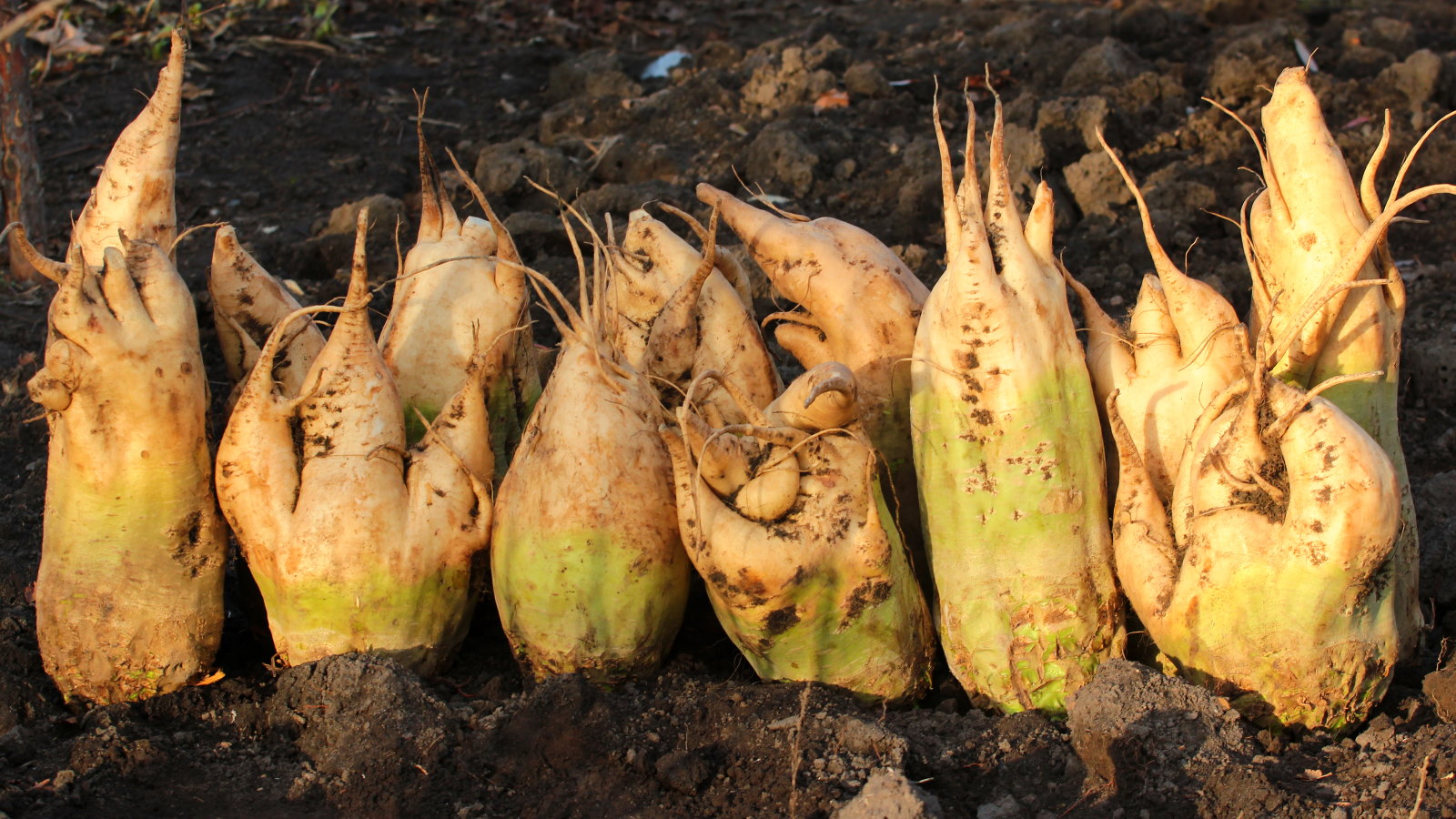
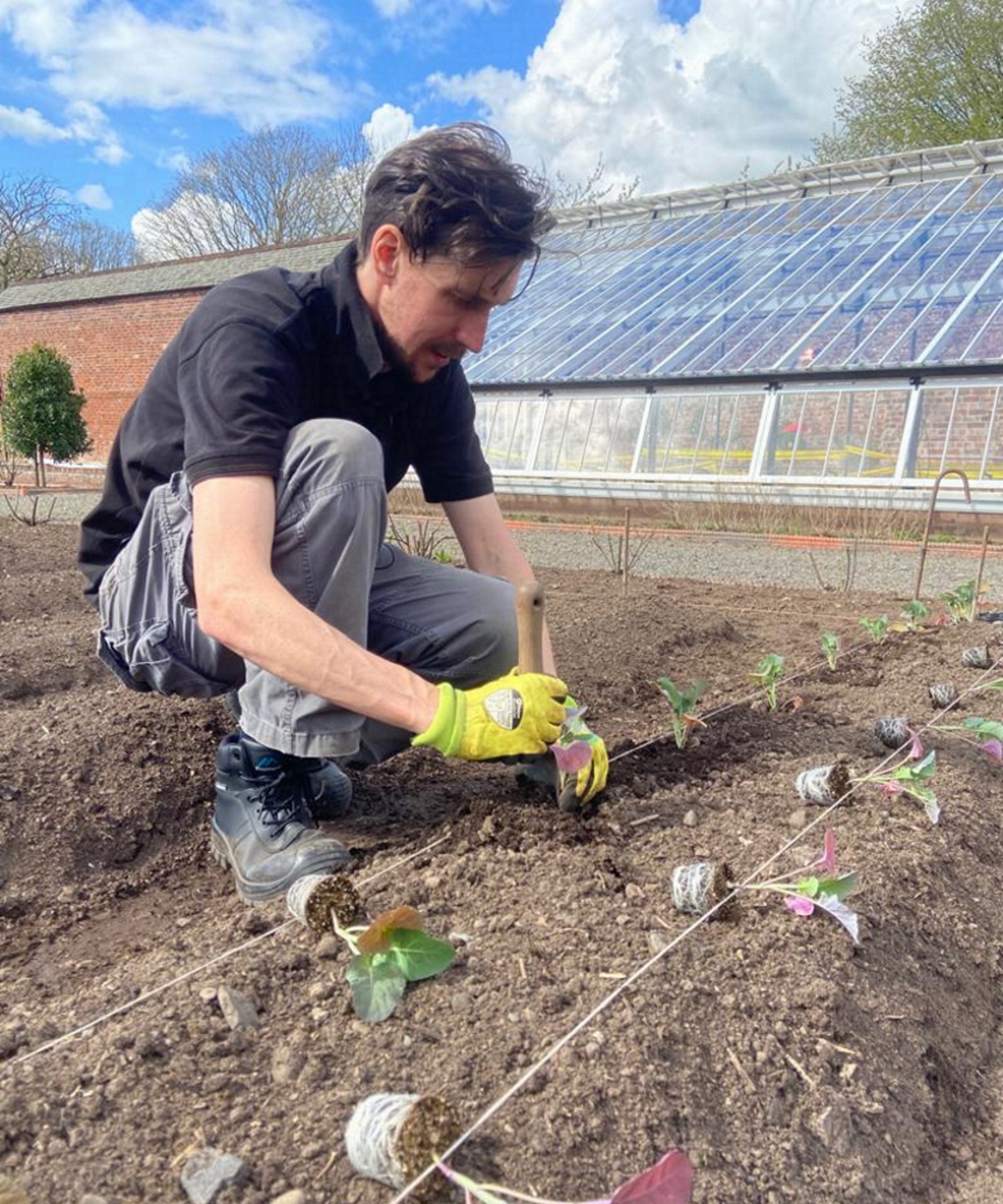
When you imagine growing homegrown crops in a vegetable garden you probably picture some staples such as potatoes, onions, peas, and corn. But every productive garden needs something unique and with a rich history, so let me introduce you to mangelwurzels.
Mangelwurzels (Beta vulgaris) are also known as mangold or mangel beets. The cousin of beets, sugar beet, and Swiss chard, mangelwurzels have been grown for centuries for their huge roots and edible leaves.
The unique and easy-to-grow crop is now enjoying a renaissance of interest among growers worldwide. If you seek unique vegetables to plant this year, mangelwurzels deserve consideration. Let me explain why and reveal how easy it can be to grow mangelwurzels in your vegetable garden.
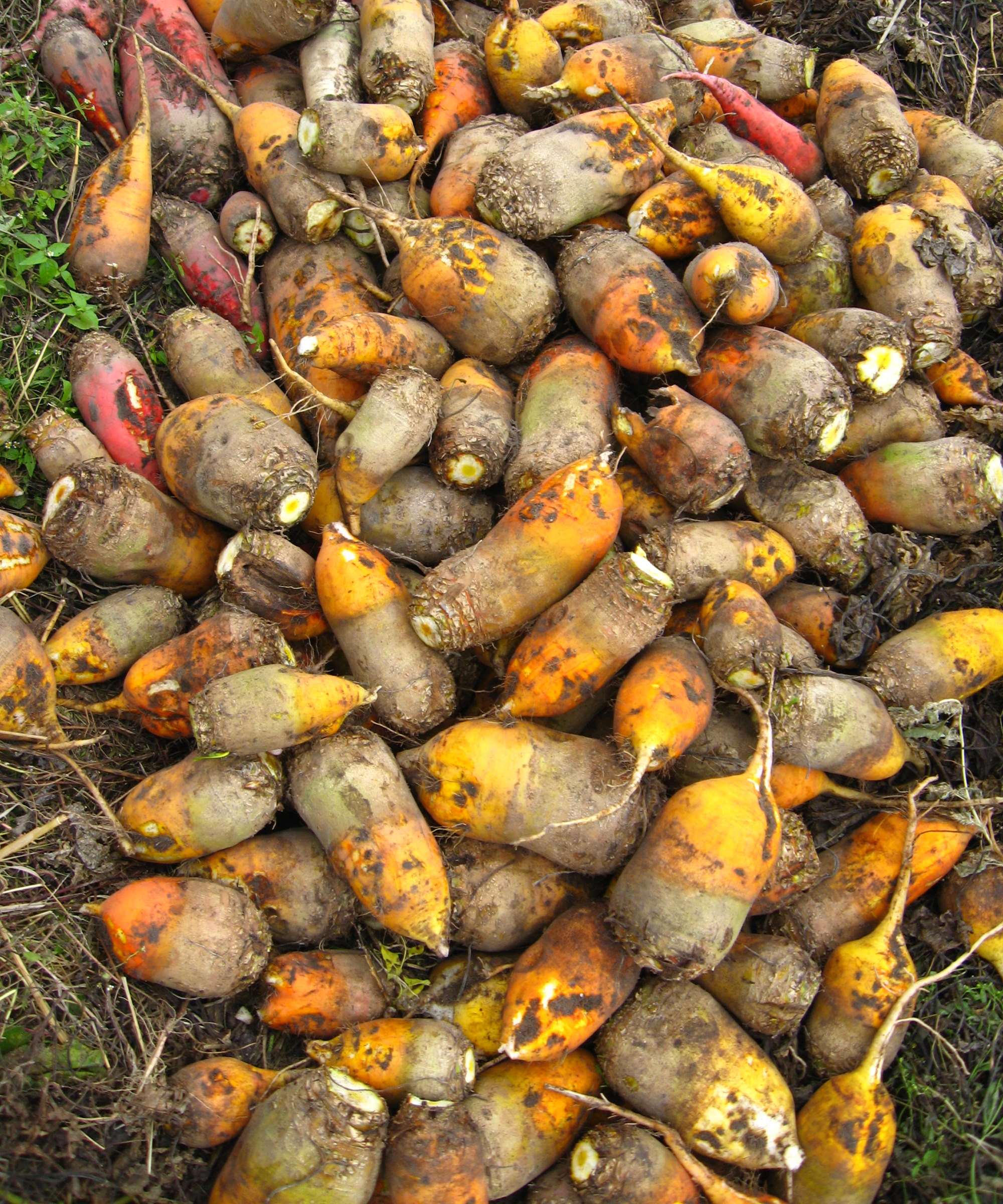
What are mangelwurzels?
This is undoubtedly the first question on most people’s lips, as, even though mangelwurzels have been grown for centuries, they are not a common sight in people’s backyard vegetable gardens.
Mangelwurzels were primarily grown as livestock feed throughout history. Often regarded as peasant’s food, as they would be eaten as a last resort when other crops were scarce, mangelwurzels are related to more common crops such as beets, sugar beet, and Swiss chard.
But more people are now discovering heritage seeds and vegetables and mangelwurzels are increasing in popularity again - for very good reasons. The plants dazzle with spectacularly large roots, which can be red or yellow depending on the variety. The root and leaves are both edible, making mangelwurzels a fabulous, quirky dual-purpose vegetable for any kitchen garden.
‘Easy to grow and an incredibly productive vegetable, mangelwurzels are also wonderfully versatile and can be enjoyed roasted, mashed, or even juiced if you’re feeling adventurous,’ says Lucy Hutchings, joint-founder of She Grows Veg, which is running a mangelwurzel-growing contest in 2025 via its social media platforms.
Mangelwurzel roots can used similarly to beets or rutabaga, while the leaves and stems can be cooked and used like spinach or Swiss chard. As well as in the kitchen, there are a few surprising other uses for mangel beets. The high sugar content in the roots means they can be used to make fruit beers or wines.
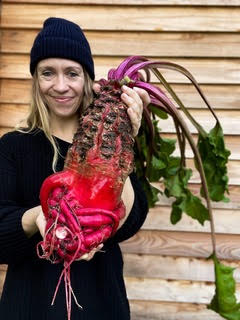
Lucy Hutchings, otherwise known as @shegrowsveg has a huge Instagram following, and has written a book called Get Up and Grow, available at Amazon, Lucy is well known for growing all kinds of unusual veg from heirloom and rare seeds and launched seed company She Grows Veg with Kate Cotterill in November 2023.
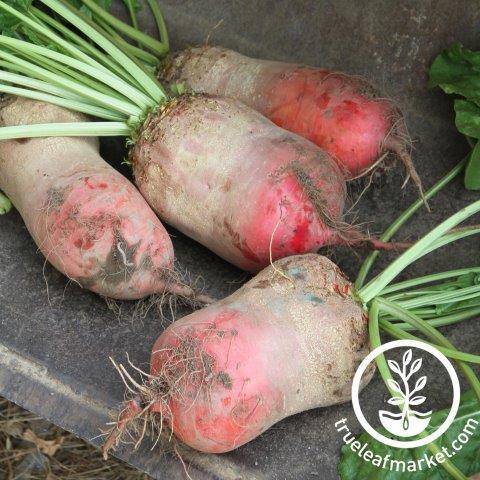
A packet of 'Red Mammoth' mangelwurzel seeds to sow in spring. This variety is regarded as a popular and high-yielding mangelwurzel with red roots and pink flesh.
How to grow mangelwurzels from seed
Mangelwurzel seeds can be sown outdoors directly into the vegetable garden once the soil temperatures reach 50°F. Sow seeds 12 inches apart into pre-made drills an inch deep in the soil. Space rows at least 24 inches apart and keep the soil moist, but not waterlogged, for germination in around two weeks.
There are advantages to sowing seeds indoors from mid-February to May. One is that it reduces the risk of pests nibbling young seedlings as they develop. Lucy Hutchings also claims: ‘Earlier sowings produce larger harvests in the fall.’
Sow seeds into large modules or small individual pots filled with potting soil for starting seeds. Place the containers in a greenhouse, cold frame, or on a bright windowsill to germinate and transplant seedlings into the vegetable garden when they reach 4-6 inches tall.
How to grow mangelwurzels - care tips
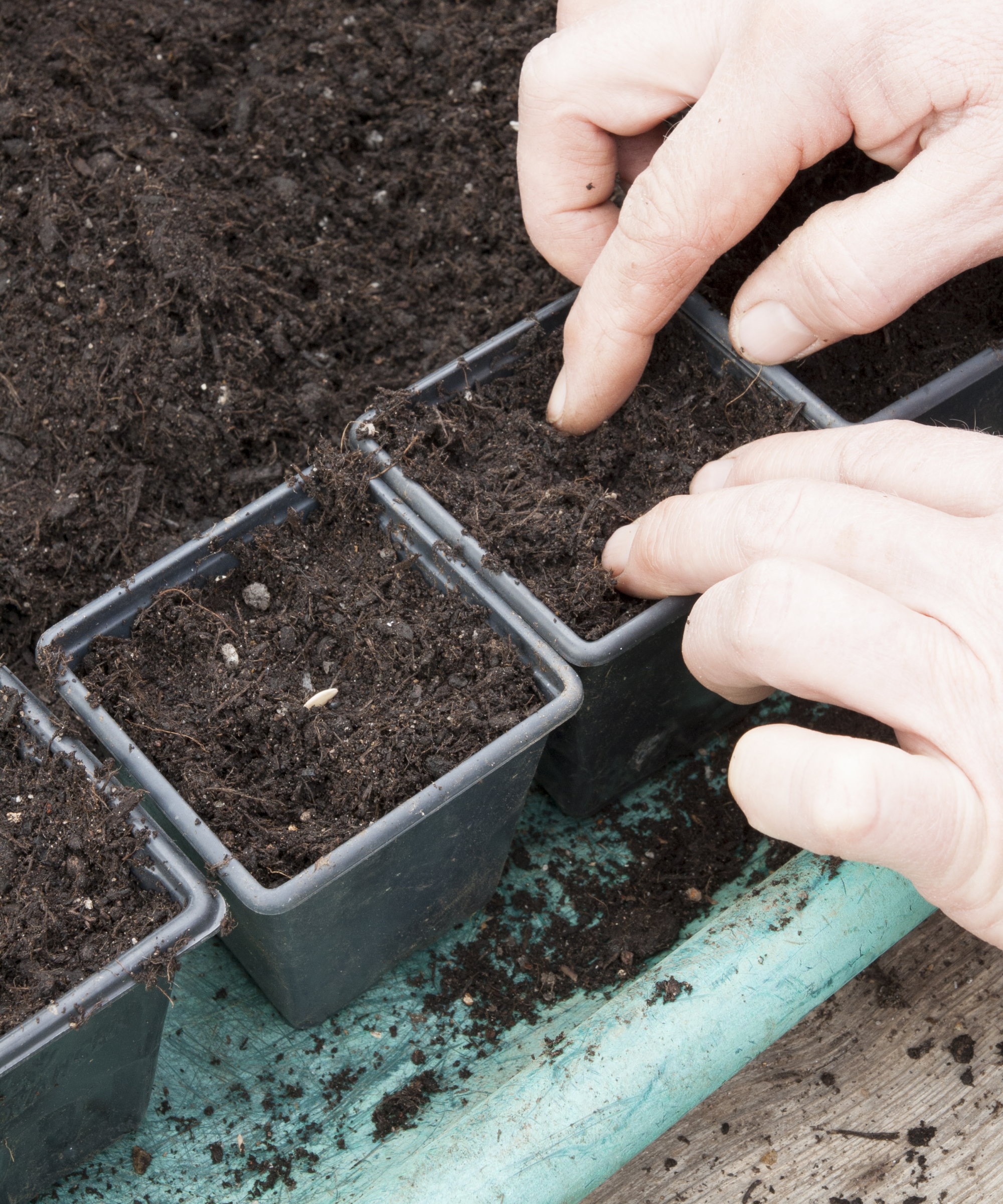
- Planting - Plant mangelwurzels in a sunny spot in the vegetable garden, though they can grow in partial shade. The crop wants a fertile, loose, and well-draining soil type. Add organic matter, such as compost or well-rotted manure, into the planting site to enrich the soil and provide essential nutrients to the plants.
- Weeding - ‘Once established, mangelwurzels are very resilient and, as long as they are kept weed-free, can be more or less left to grow,’ says no-dig gardening expert and author Stephanie Hafferty, writing for the She Grows Veg website. Regular weeding reduces competition from other plants for water and nutrients. In my vegetable garden, I run around plants with a garden hoe at least once a week to get rid of weeds when they are young. Mulching around plants is also a sound way to smother weeds.
- Watering - Keep a close eye on when to water plants to ensure the soil remains moist throughout summer. Stephanie Hafferty recommends: ‘Water during dry periods and mulch if you live in an area with free-draining soil or hot summers because they need moisture to produce large roots.’ As well as smothering weeds, mulching helps to retain moisture in the soil.
- Harvesting - Mangelwurzels take around five months to go from planting to harvesting. The roots can be harvested once large enough to use by carefully lifting them out of the ground with a garden fork. Harvest mangelwurzels throughout the fall as and when required, but lift them before the frosts arrive as they can damage the roots. Mangelwurzel leaves can be harvested throughout the growing season when they are large enough to eat. Remove a few of the largest, outer leaves with clean and sharp scissors or garden snips, leaving enough foliage on the plant so it can continue to grow.
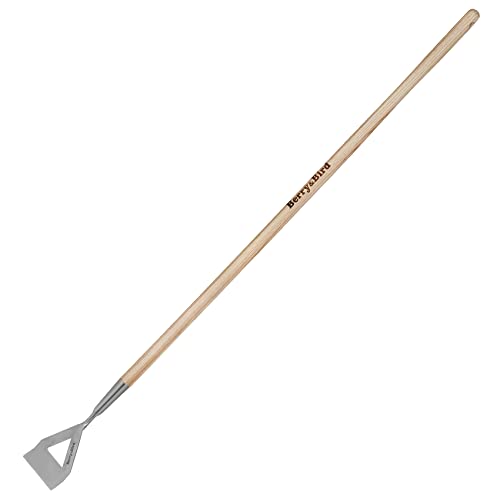
A Dutch hoe is ideal for quick and efficient weeding. The polished stainless steel tapered tip cuts weeds just below soil level and can be easily run around young vegetables to reduce weed pressure.
FAQs
What does mangelwurzel taste like?
Mangelwurzels taste similar to beets, but with a sweeter taste compared to the earthier flavor of beets. Mangelwurzels are best harvested young for the most flavorful roots.
Did you know you can regrow beets from scraps usually thrown into the trash? Placing the base of beets into water will quickly give you a crop of delicious and nutritious beet tops. You don’t get another beet to harvest, as the tap roots won’t regrow, but beet greens have a mild, earthy flavor, are packed in vitamins, and can be eaten raw or cooked.
Sign up to the Homes & Gardens newsletter
Design expertise in your inbox – from inspiring decorating ideas and beautiful celebrity homes to practical gardening advice and shopping round-ups.

Drew’s passion for gardening started with growing vegetables and salad in raised beds in a small urban terrace garden. He has worked as a professional gardener in historic gardens and specialises in growing vegetables, fruit, herbs, and cut flowers as a kitchen gardener. That passion for growing extends to being an allotmenteer, garden blogger, and producing how-to gardening guides for websites. Drew was shortlisted for the New Talent of the Year award at the 2023 Garden Media Guild Awards.
You must confirm your public display name before commenting
Please logout and then login again, you will then be prompted to enter your display name.
-
 Victoria Beckham has a unique formula for perfect bedding: 'Very expensive sheets and cheap pillows' – you can follow her example from $15
Victoria Beckham has a unique formula for perfect bedding: 'Very expensive sheets and cheap pillows' – you can follow her example from $15Victoria revealed she goes for crisp, white bed sheets and pillows with neck support from Target – and you can shop similar buys at an ultra-low cost
By Hannah Ziegler Published
-
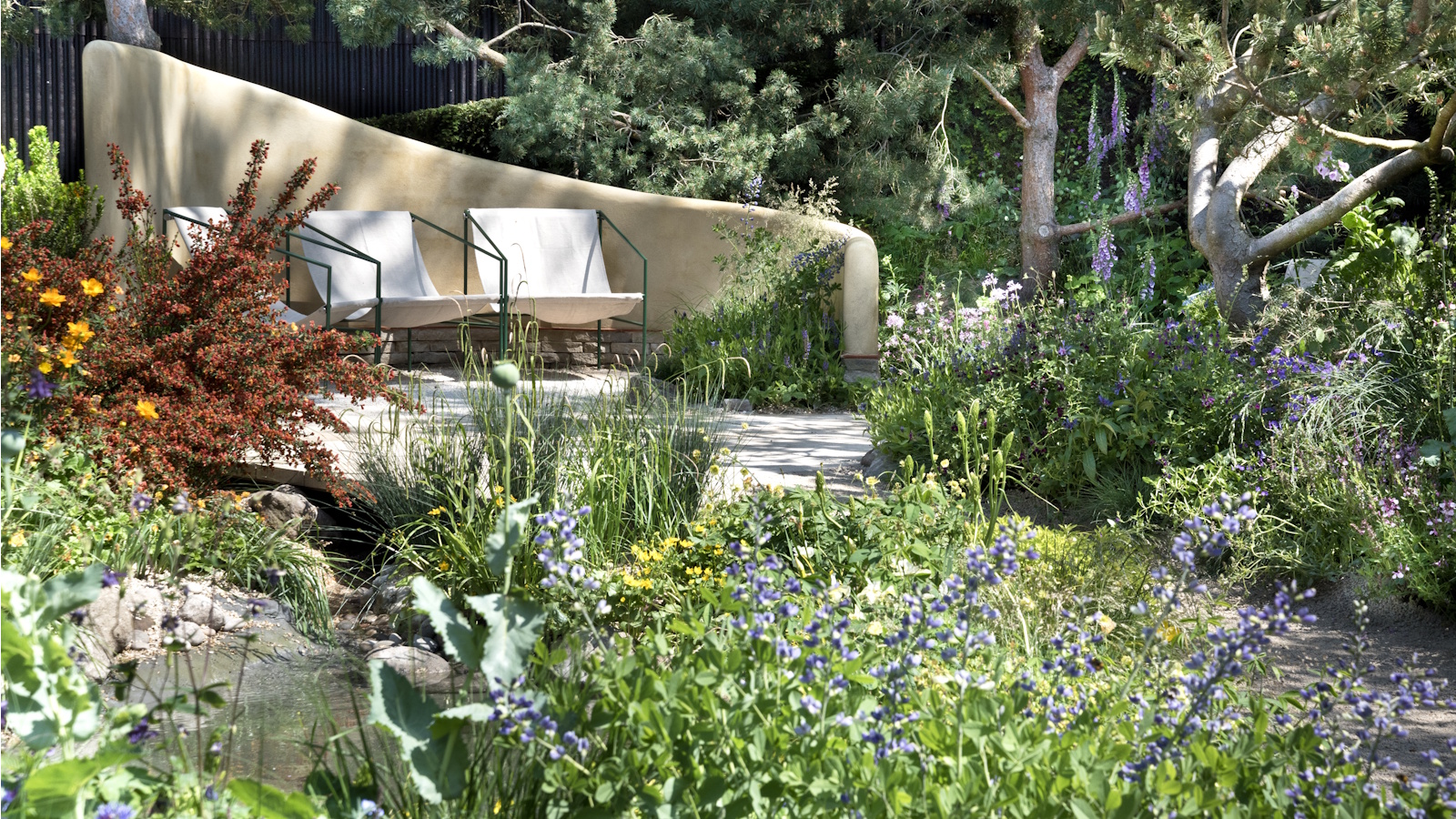 I just discovered the best non-toxic product for getting rid of ants in your yard – and you probably already have it in your bathroom cupboard
I just discovered the best non-toxic product for getting rid of ants in your yard – and you probably already have it in your bathroom cupboardThis household item is an effective ant deterrent that doesn't leach harmful chemicals into your soil
By Tenielle Jordison Published
-
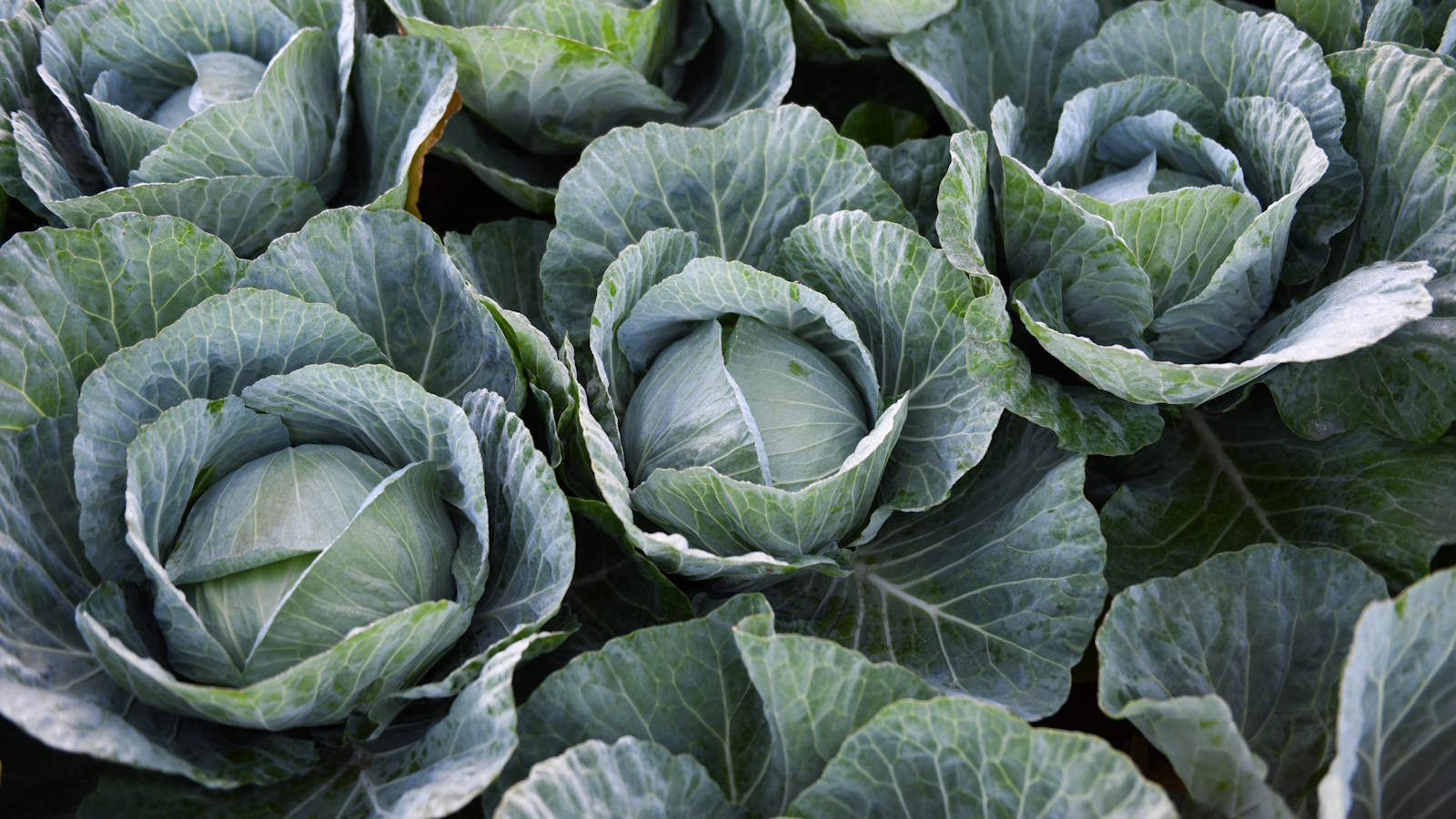 How to grow cabbages in containers – expert tips for top harvests in small urban spaces
How to grow cabbages in containers – expert tips for top harvests in small urban spacesYou can grow lots of different cabbages in pots, troughs, grow bags, or buckets
By Drew Swainston Published
-
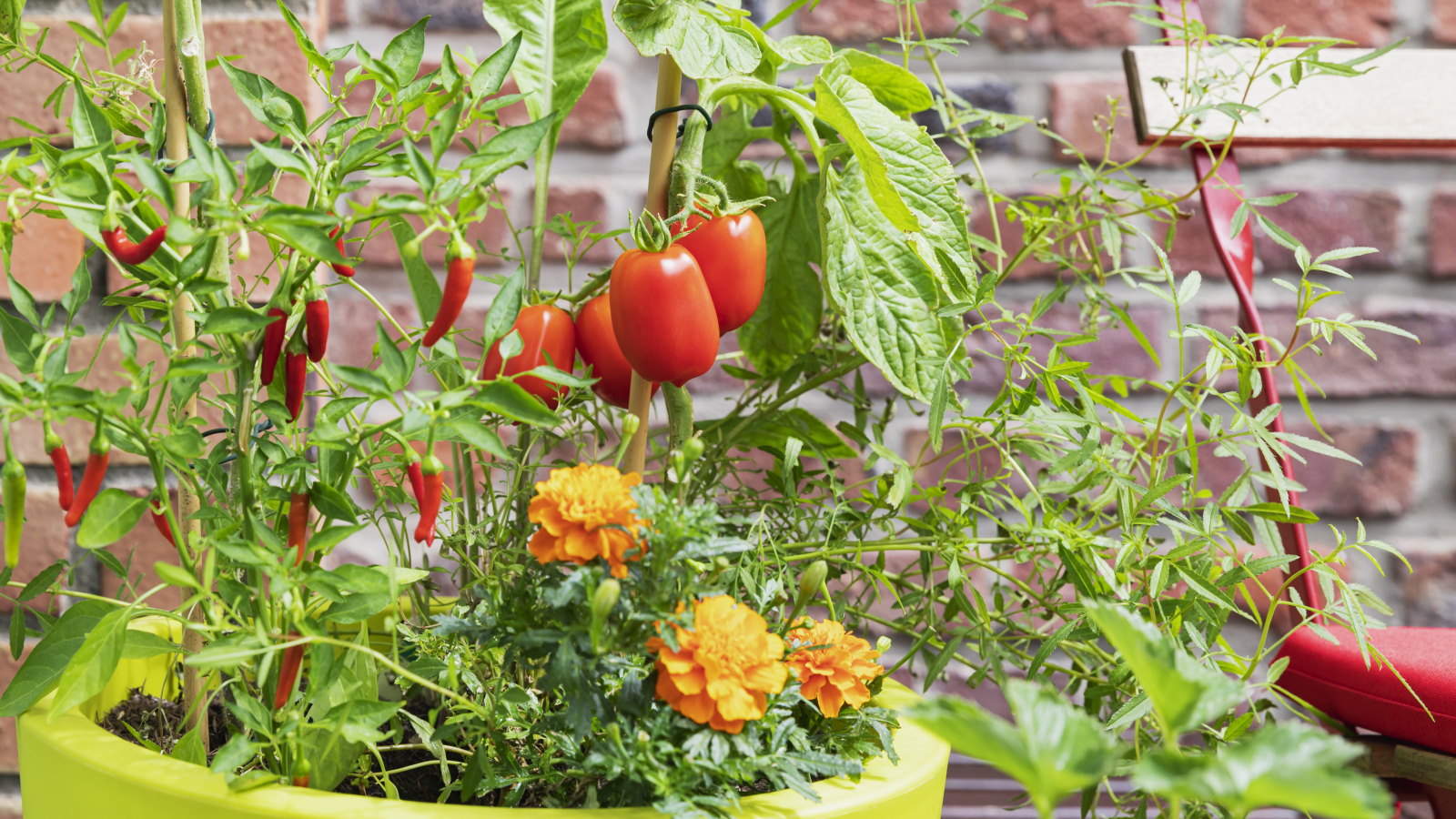 You'll get the best homegrown tomato crops if you plant them next to this one flower – discover why these two are a dream combination
You'll get the best homegrown tomato crops if you plant them next to this one flower – discover why these two are a dream combinationYour tomato plants will be pest-free and covered in fruits
By Drew Swainston Published
-
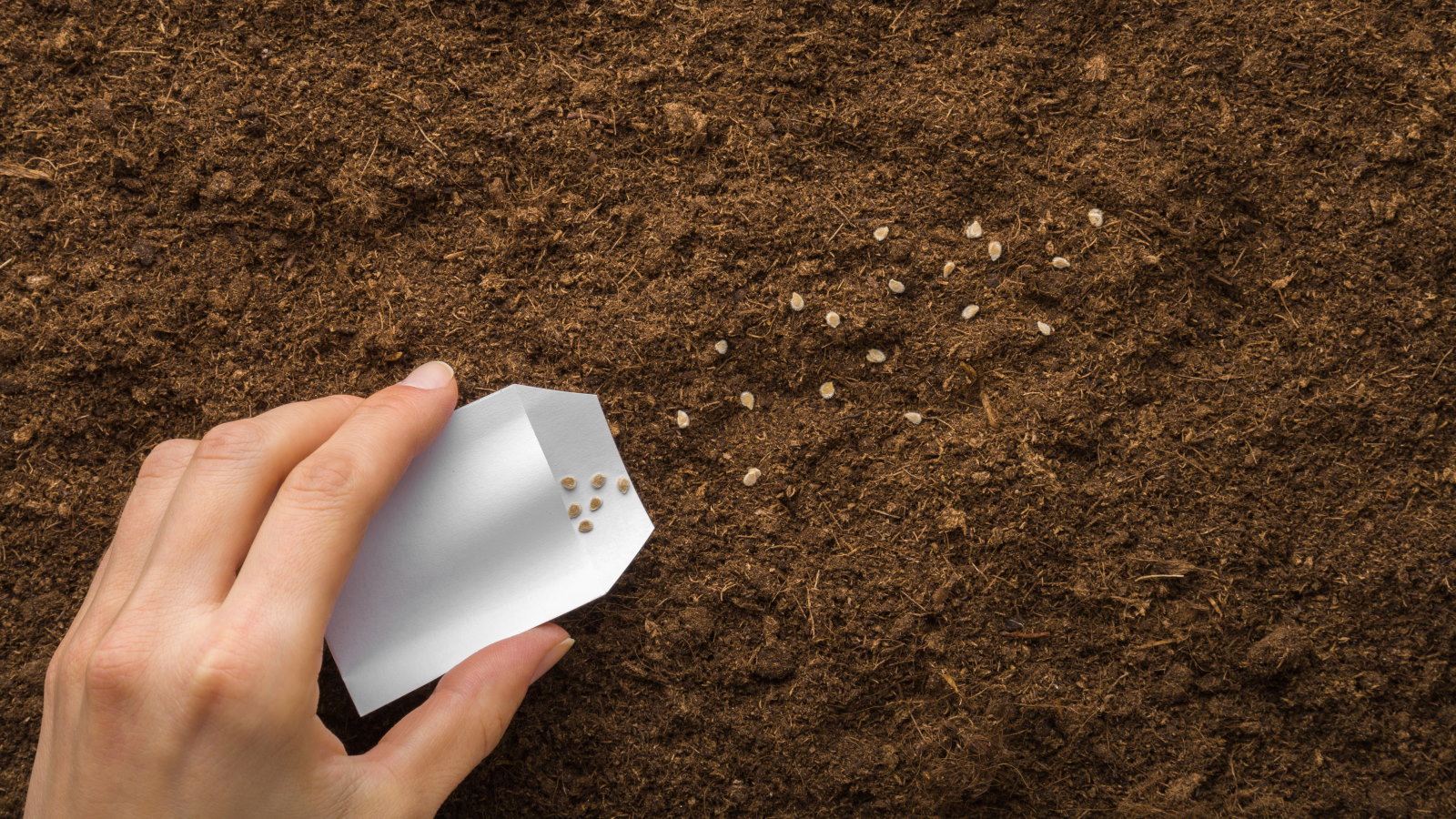 Direct sowing vs transplanting – our grow-your-own expert advises which is best, and shares 5 veggies you should always sow directly
Direct sowing vs transplanting – our grow-your-own expert advises which is best, and shares 5 veggies you should always sow directlyBoth approaches to sowing vegetables have pros and cons
By Drew Swainston Published
-
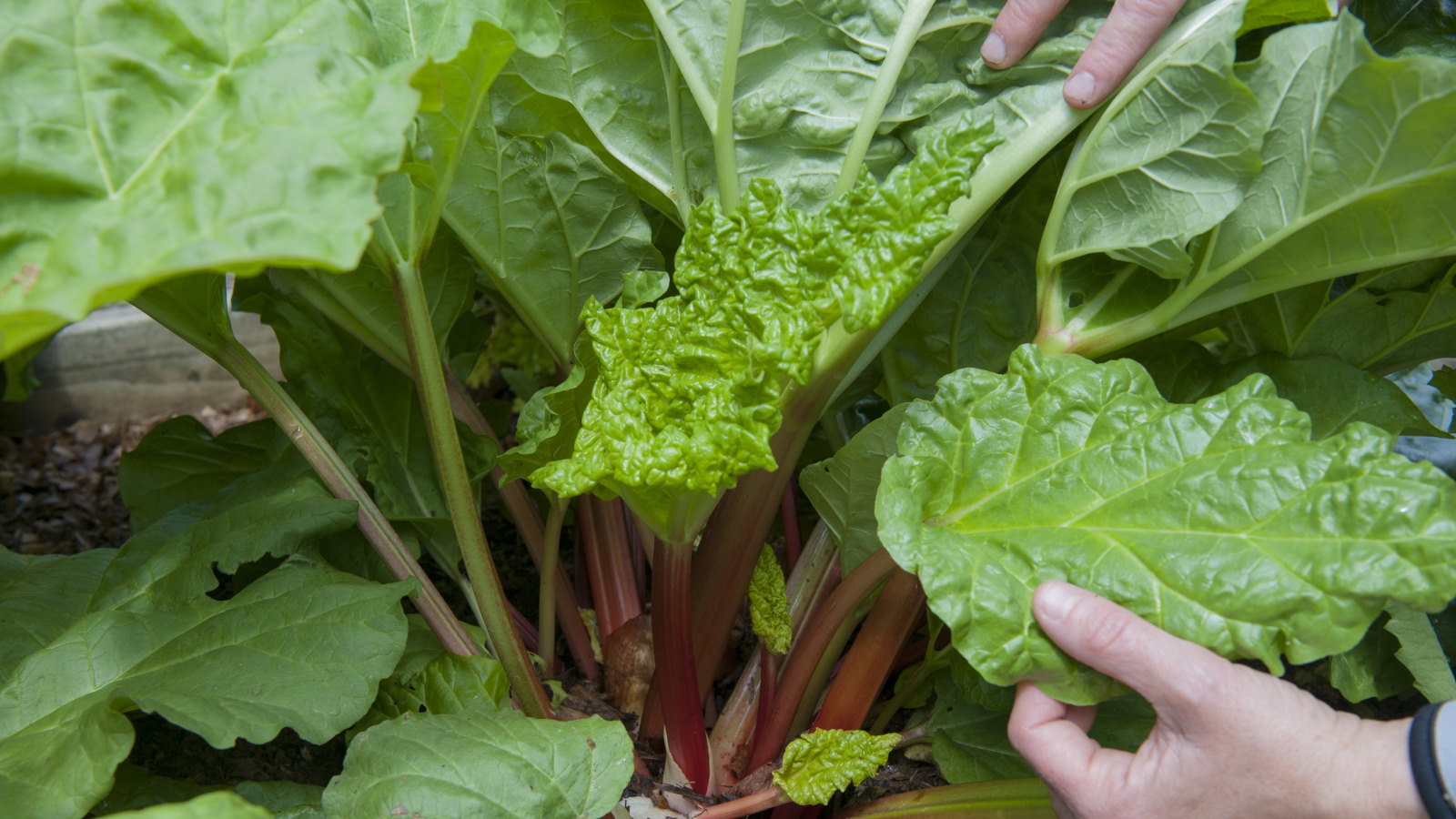 I grew rhubarb from seed for years – here’s exactly how to do it for guaranteed germination and healthy crops of fruit
I grew rhubarb from seed for years – here’s exactly how to do it for guaranteed germination and healthy crops of fruitGrowing rhubarb from seed is a cost-effective way to propagate plants, but it requires care and patience
By Drew Swainston Published
-
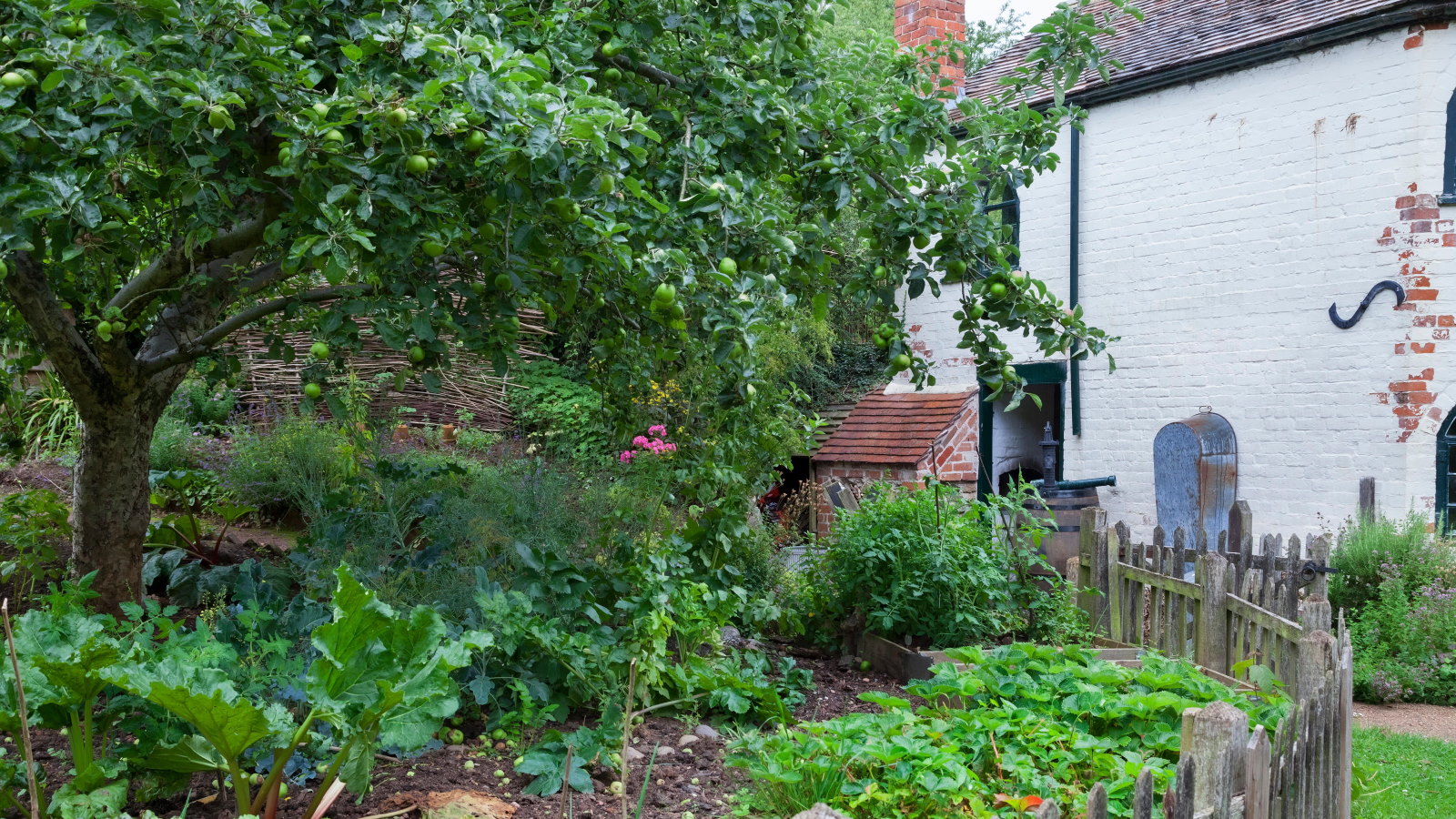 4 reasons you should plant trees in a vegetable garden – plus experts reveal the secrets to help you reap the rewards
4 reasons you should plant trees in a vegetable garden – plus experts reveal the secrets to help you reap the rewardsSee how agroforestry principles can help boost your soil and harvests
By Drew Swainston Published
-
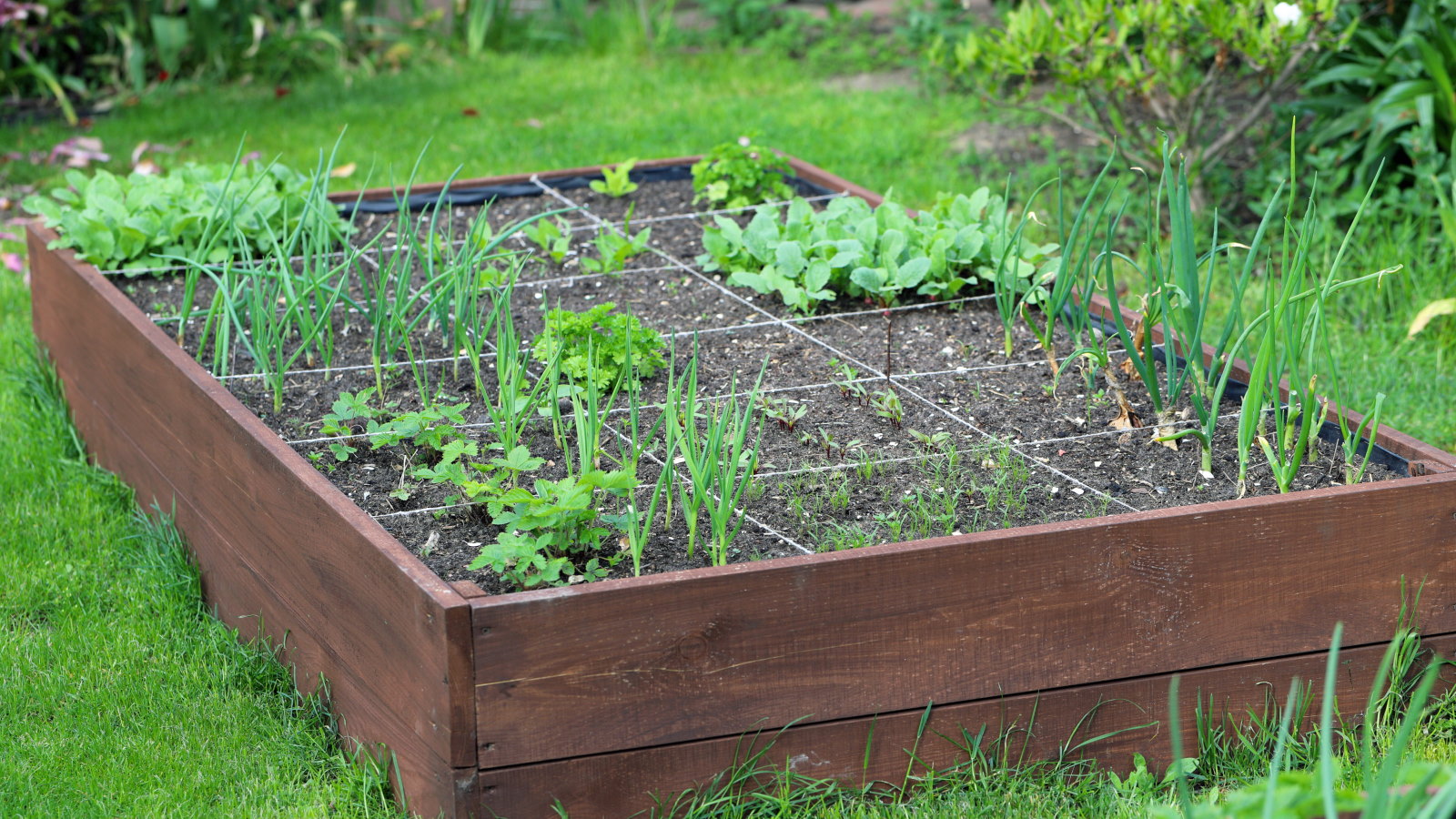 9 of the best vegetables to grow using the square foot gardening method – for big harvests in small spaces
9 of the best vegetables to grow using the square foot gardening method – for big harvests in small spacesPlus how many of each vegetable can be grown per square foot
By Drew Swainston Published
-
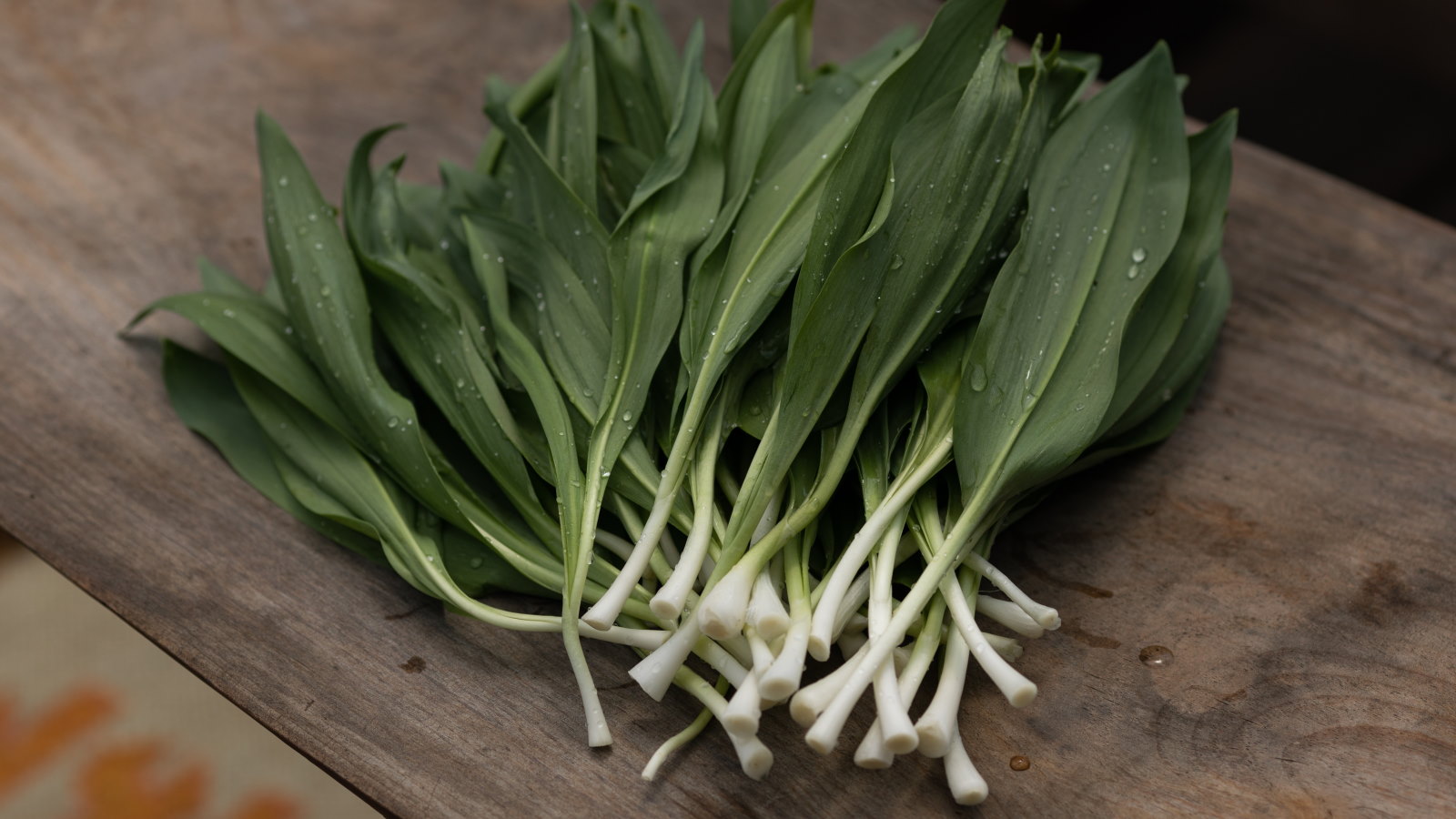 Ramps are highly prized spring harvests for chefs – discover how to grow your own at home from bulbs or seeds to have rich pickings for years to come
Ramps are highly prized spring harvests for chefs – discover how to grow your own at home from bulbs or seeds to have rich pickings for years to comeGrowing ramps, or wild leeks, does require patience, but the rewards are worth the wait
By Drew Swainston Published
-
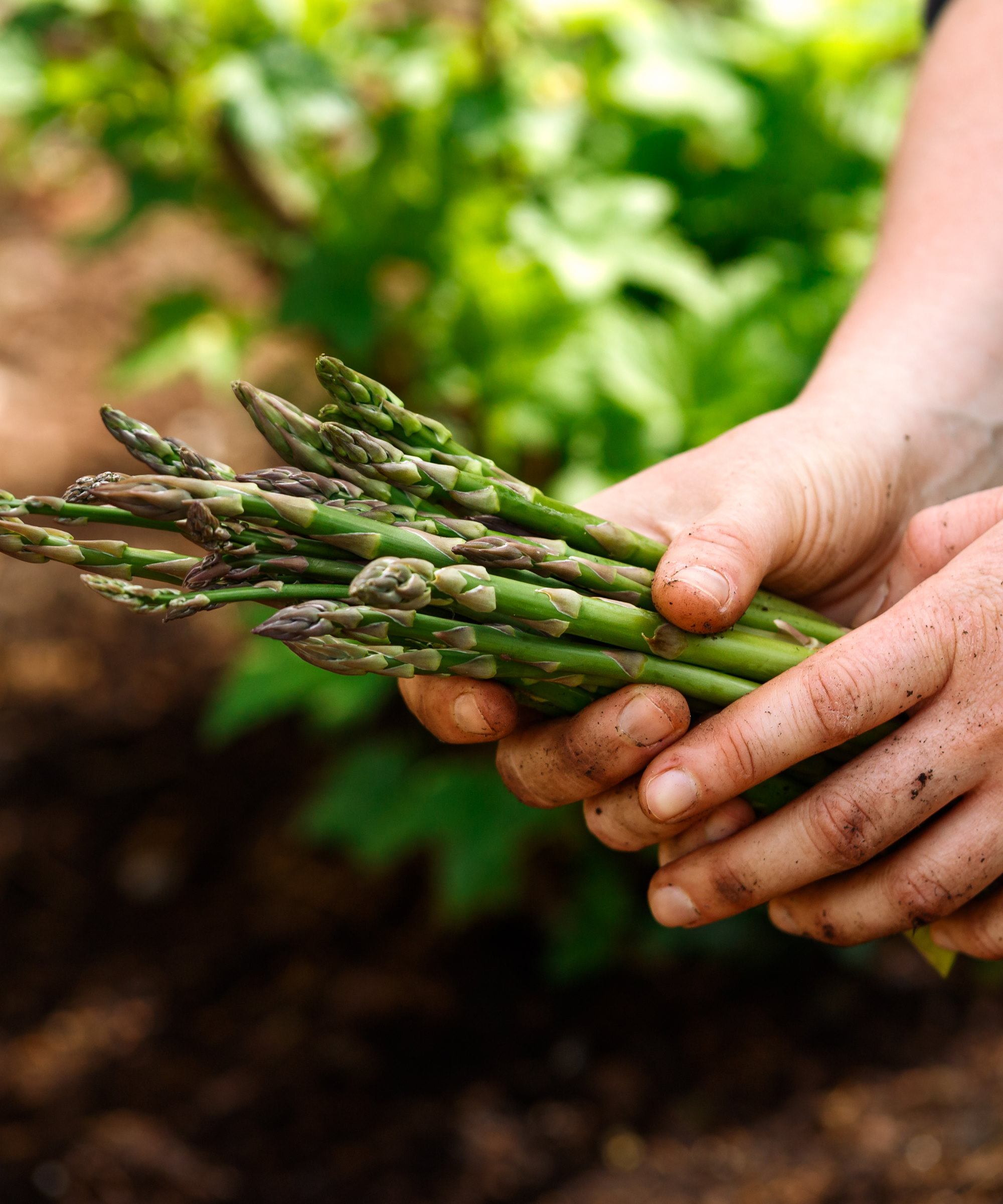 Asparagus companion planting – 7 of the best beneficial pairings, and some of the worst to avoid causing damage to your crop
Asparagus companion planting – 7 of the best beneficial pairings, and some of the worst to avoid causing damage to your cropSee what to plant with asparagus, and what should be avoided
By Drew Swainston Published